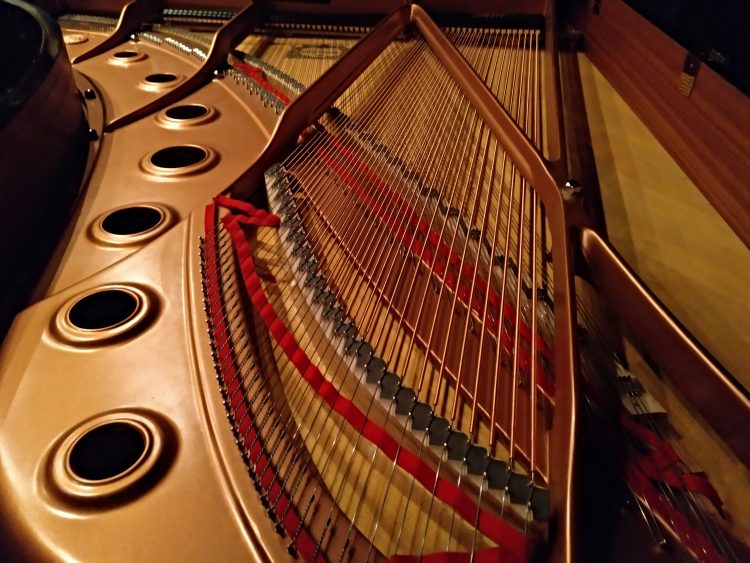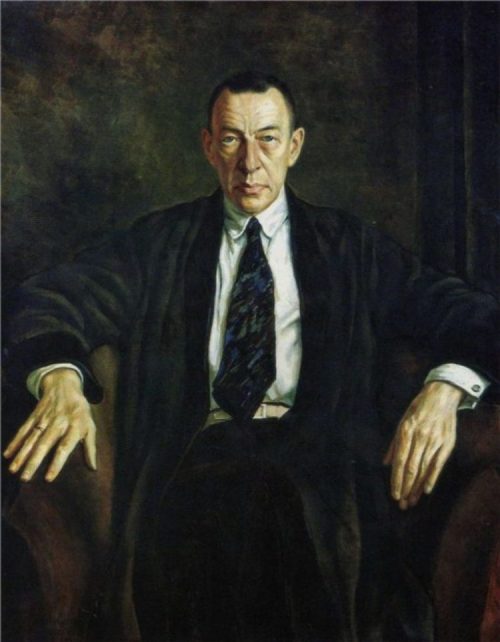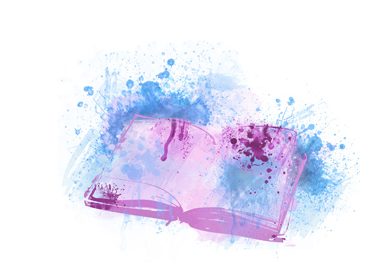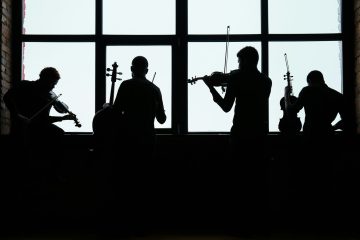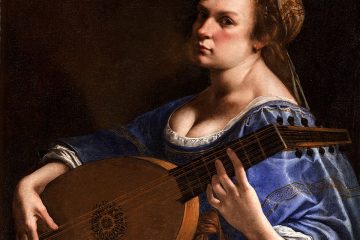Broken Rhythms And Short Tricks, Huh?
Q.
Sergei Rachmaninov (1873-1943) is one of our favourite composers. And, as you’ll see below, his music often features in ‘most loved composer and classical music’ charts. But, was this Semyonovo-born composer always so beloved?
.
A.
A few days ago, Classic FM reported out on their annual ‘Classic FM Hall of Fame’. With 100,000 respondents, Rachmaninov’s Piano Concerto No. 2 in C minor came in at #1 – the favourite piece of classical music in the UK – for the second year in a row, and the third time in ten years. .
Top 15 Classic Hall of Fame 2024
i. Rachmaninov – Piano Concerto No.2
ii. Vaughan Williams – The Lark Ascending
iii. Vaughan Williams – Fantasia on a Theme by Thomas Tallis
iv. Karl Jenkins – The Armed Man (A Mass for Peace)
v. Elgar – Enigma Variations
vi. Beethoven – Piano Concerto No.6, ‘Emperor’
vii. Holst – The Planets Suite
viii. Beethoven – Symphony No.9, ‘Choral’
ix. Shostakovich – Piano Concerto No.2
x. John Williams – Schindler’s List
xi. Allegri – Miserere
xii. Morricone – The Mission
xiii. Beethoven – Symphony No.6, ‘Pastoral’
xiv. Mozart – Clarinet Concerto
xv. Mozart – Requiem
•.
Rachmaninov’s Piano Concerto No. 2 in C minor has featured in Olympic figure skating routines and media from Greta Garbo’s starring role in the 1932 Grand Hotel, Marilyn Monroe’s 1955 Seven Year Itch, through to the 2020 Snowpiercer series.
Here is Sergei’s second concerto excerpted in David Lean’s 1945 Brief Encounter.
.
.
But, we might never have experienced all of Rachmaninov’s brilliance thanks to the horrid response he got to the first performance of his First Symphony in 1897. Composer and critic Cesar Cui offered this vitriol:
‘If there were a conservatory in Hell, and if one of its talented students were to compose a programme symphony based on the story of the Ten Plagues of Egypt, and if he were to compose a symphony like Mr. Rachmaninov’s, then he would have fulfilled his task brilliantly and would delight the inhabitants of Hell. To us this music leaves an evil impression with its broken rhythms, obscurity and vagueness of form, meaningless repetition of the same short tricks, the nasal sound of the orchestra, the strained crash of the brass, and above all its sickly perverse harmonization and quasi-melodic outlines, the complete absence of simplicity and naturalness, the complete absence of themes.’
The brutal response to his first symphony propelled Rachmaninov into a crippling depression. ‘I returned to Moscow a changed man,’ he said later. ‘My confidence in myself had received a sudden blow. Agonizing hours spent in doubt and hard thinking had brought me to the conclusion that I ought to give up composing.’
.
Rachmaninov Portrait by Boris Chaliapin. 1929
•.
But, by all accounts, this first performance of Rachmaninov’s First Symphony had been a mess thanks to the conductor, Alexander Glazunov. At one point, Rimsky Korsakov had described Glazunov’s conducting as: ‘Slow by nature, maladroit and clumsy of movement, the maestro, speaking slowly and in a low voice, manifestly displayed little ability either for conducting rehearsals or for swaying the orchestra during concert performances.’
Glazunov had skimmed through rehearsals and tampered with the orchestration. He claimed to be less than impressed with Rachmaninov’s work. On the night of the premiere, many were convinced that Glazunov was drunk on the podium. The performance was so bad, Sergei hid in the stairwell and blocked his ears – ‘the most agonizing hour of my life.’
Rachmaninov was crushed. “The despair that filled my soul would not leave me. My dreams of a brilliant career lay shattered. My hopes and confidence were destroyed.” His family was so concerned, they referred him to Dr. Nikolai Dahl, a famed Paris internist, hypnotherapist, and string player. The composer saw Dahl every day for months.
Finally, as 1899 drew to a close, Rachmaninov was inspired to compose again. By 1901 he had finished his wildly popular Second Piano Concerto, and dedicated it to Dr. Dahl.
Here we hear #2 played by the giant-handed genius Rachmaninoff himself.
.
.
Header Photo: Ángel Martínez Martín

